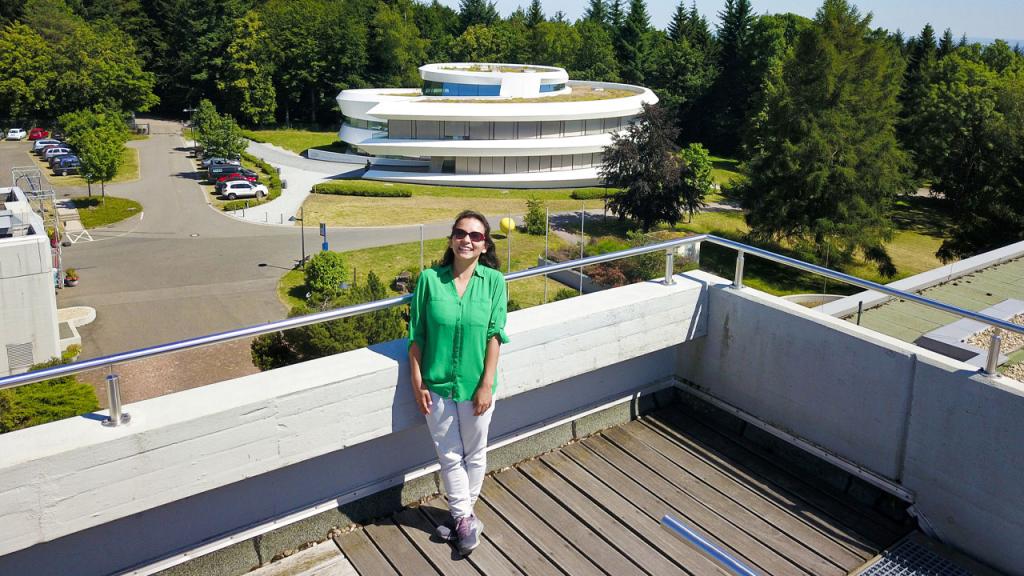
18/12/2019
Paola Pinilla and the birth of the planets
She is the first Colombian, and one of only few Latin Americans, who has received the German Sofja Kovalevskaja Award: a prestigious recognition that allows the winner to create their own research group in Germany to continue studying how planets are born.
Ever since she was a child, Paola Pinilla was very interested in astronomy. Her older brother was passionate about stars, and there were scientific journals at her home. She also watched Carl Sagan’s series Cosmos. She was so passionate that, even though she did not know exactly in what particular area she wanted to focus, she decided to do a doctorate in astronomy. She finally chose to study the origin of planets. It was a booming topic, both conceptual and observational, and she ended up “excitedly learning how the planet Earth was formed”.
She was the first Colombian to be accepted on the NASA Hubble Fellowship Program in 2016, which is the most prestigious global award in astrophysics. As a result of this opportunity, she undertook postdoctoral work in the University of Arizona (USA) where there is a very close connection between theoretical models and observations.
She is now in Germany creating her own research group thanks to the Sofja Kovalevskaja Award, which she received in 2018, and was the first Colombian to do so.
She has the help of two doctoral students and one postdoctoral student and wants to understand the extreme cases of planetary formation. How are giant plants such as Saturn and Jupiter born around brown dwarves and low-mass stars? According to the theory, the right conditions do not exist for them to be born. There is not sufficient material or gas surrounding them; however, according to what has been observed, this can be possible.
Theory vs. Observation
Via videoconference in her new office in the Max Planck Institute, she remembers that many of the theoretical models she worked on were confirmed in the ALMA Observatory and the Extremely Large Telescope (Chile) through predictions about what can be observed during the birth of planets.
However, from a theoretical perspective, it has not yet been possible to model the birth of plants from their beginnings. There are some barriers in the theory that do not fit with the processes observed using modern telescopes. It has not been possible to explain the phenomenon from beginning to end. She concluded that the challenge is now, “to connect all the data that we have from the theory and the observations to understand the diversity of the planets that we know exist today”.
The Sofja Kovalevskaja Award
- This is awarded by the Alexander von Humboldt Foundation in Germany.
- It has a budget of 1.65 million euros that is set aside to create a research group in any institute in Germany.
- Six people are chosen from around the world every year in the different areas of science.
Share







